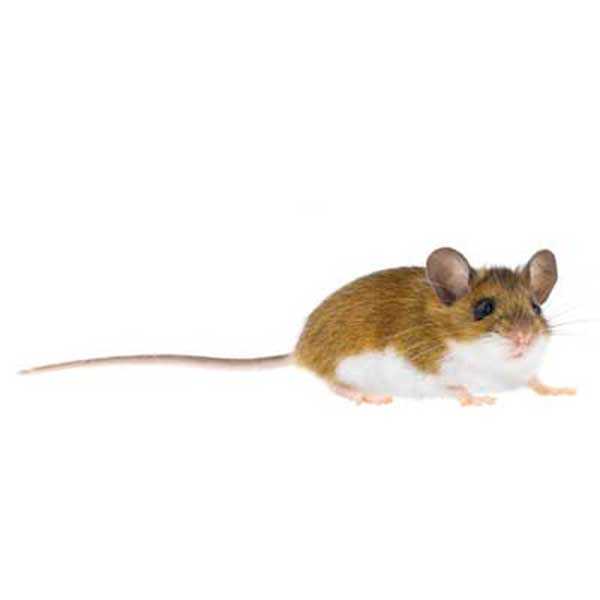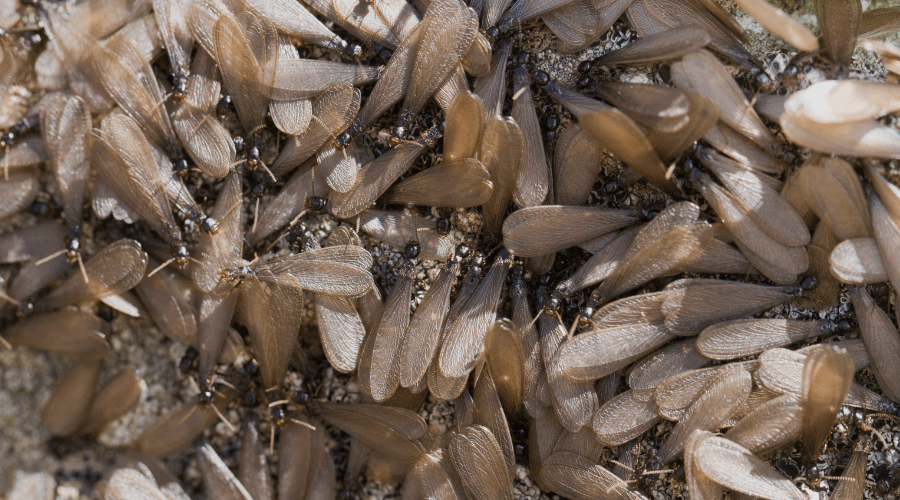Deer Mice
"*" indicates required fields
Deer Mice
Treatments for this pest are included in these services:
Smaller than the common house mouse, deer mice are still just as troublesome. Their ability to reproduce quickly and ability to jump up to 18 inches means these small rodents can easily access your home and your food if left unchecked. If that wasn’t unsettling enough, deer mice can transmit Hantavirus Pulmonary Syndrome, which is potentially fatal, along with a host of other diseases.
How to Identify Deer Mice
Deer mice get their name on account of their excellent jumping and running abilities. They are generally two-toned in appearance, with a lighter, often white, underbelly. Most will have a bicolored tail. They may grow to around 7 inches in length and can also access areas roughly the size of a dime because of their smaller frames.
Deer mice use their sharp teeth to eat just about anything they can find—they can chew through hard shells and will eat anything from vegetation to snails. Deer mice will also cache their food, often utilizing attic or crawl spaces to do so. In many areas, winter is a chief cause of mortality among deer mice.
Preventing Deer Mice
When the weather gets colder, deer mice tend to seek refuge in attics, garages, basements, and wall voids to nest, find food, and mate. To keep deer mice out of your home, it’s important to identify and seal cracks and holes around your foundation, windows, and door seals. Deer mice can fit into holes as small as a dime and holes the circumference of a pencil, mice will be able to access with their teeth and hands to make the hole big enough to crawl through.
If you think you have been invaded by these leaping rodents, look for droppings, piles of bedding and shredded newspaper (this is likely where these mice are nesting), gnawed furniture, food items, or wall structures; and most obviously, mouse sightings. Because deer mice are most active at night, it’s possible you might hear your invaders scratching and moving throughout your home during the night.
Rid Your Home of Deer Mice
Deer mice are a big problem in the United States and often aren’t a sign of a dirty home. Deer mice will seek shelter where they can find it in the winter, regardless of the cleanliness of your home. If you’ve noticed the tell-tale signs of mice in your home, it’s time to call the experts at PUCOR Pest Control. We will not only inspect your home and determine the best mode of treatment, but we’ll also even provide a few prevention tips that you can start using that day! You never have to worry when you have the pest control experts at PURCOR on your side. Give us a call to receive your free quote or schedule your consultation online today!



